Has anyone been successful with Sequoiadenron or Cedrus in OH?
joeschmoe80
11 years ago
Featured Answer
Sort by:Oldest
Comments (20)
gardener365
11 years agohairmetal4ever
11 years agoRelated Professionals
Londonderry Landscape Architects & Landscape Designers · Richmond Heights Landscape Architects & Landscape Designers · Roxbury Crossing Landscape Architects & Landscape Designers · Williamsburg Landscape Contractors · Coeur d'Alene Landscape Contractors · Forest Hills Landscape Contractors · Garland Landscape Contractors · Indio Landscape Contractors · North Plainfield Landscape Contractors · Norwalk Landscape Contractors · Palatine Landscape Contractors · Parker Landscape Contractors · Paso Robles Landscape Contractors · Webster Groves Landscape Contractors · Hawaiian Gardens Landscape ContractorsToronado3800 Zone 6 St Louis
11 years agohairmetal4ever
11 years agonoki
11 years agojoeschmoe80
11 years agodenninmi
11 years agogardener365
11 years agonikkie_in_toronto
11 years agoDufusyte
11 years agopicea
11 years agosteg
11 years agodavidrt28 (zone 7)
11 years agoHenry Z6(OH Zone 6b)
last monthBillMN-z-2-3-4
last monthHenry Z6(OH Zone 6b)
last monthBillMN-z-2-3-4
last monthmaackia
last monthdavidrt28 (zone 7)
last monthlast modified: last month
Related Stories

KITCHEN DESIGNThe Cure for Houzz Envy: Kitchen Touches Anyone Can Do
Take your kitchen up a notch even if it will never reach top-of-the-line, with these cheap and easy decorating ideas
Full Story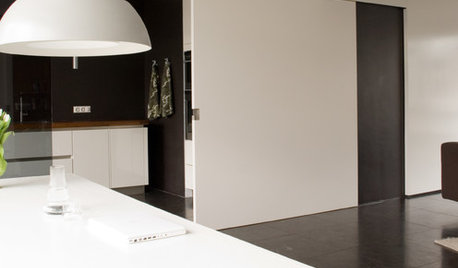
DESIGN DETAILSThe Secret to Pocket Doors' Success
Pocket doors can be genius solutions for all kinds of rooms — but it’s the hardware that makes all the difference. See why
Full Story
ORGANIZINGSmall Steps to Organizing Success
Take care of bite-size projects, and your home's big picture will be an organized dream before you know it
Full Story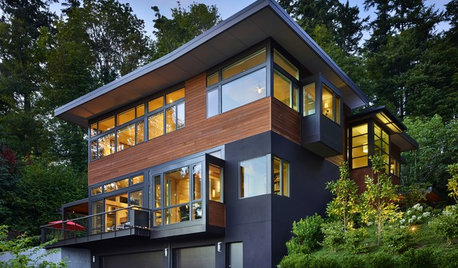
REMODELING GUIDES6 Steps to Planning a Successful Building Project
Put in time on the front end to ensure that your home will match your vision in the end
Full Story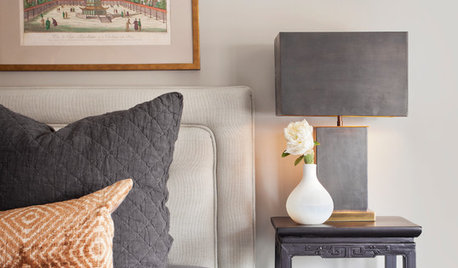
FURNITURE10 Secrets of Successful Secondhand Furniture Shopping
Design professionals offer tips on how, where and what to buy
Full Story
MOST POPULAR15 Remodeling ‘Uh-Oh’ Moments to Learn From
The road to successful design is paved with disaster stories. What’s yours?
Full Story
HOUZZ TVHouzz TV: This Dream Midcentury Home in a Forest Even Has Its Own Train
Original wood ceilings, a cool layout and, yes, a quarter-scale train persuaded these homeowners to take a chance on a run-down property
Full Story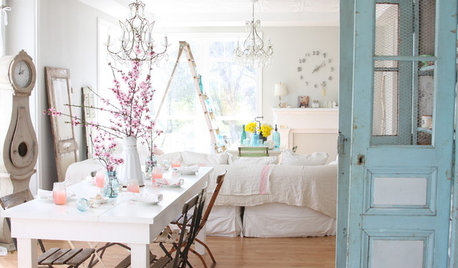
COLORS OF THE YEARPantone Has Spoken: Rosy and Serene Are In for 2016
For the first time, the company chooses two hues as co-colors of the year
Full Story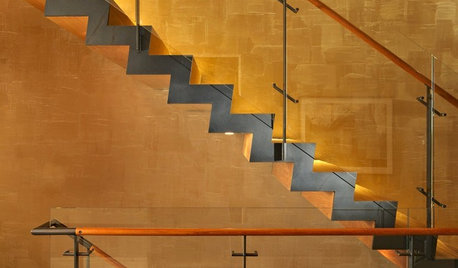
COLORColor Guide: How to Work With Gold
It's OK to be a gold digger — this timeless color adds a rich glow to walls, furnishings and home decor that anyone would covet
Full Story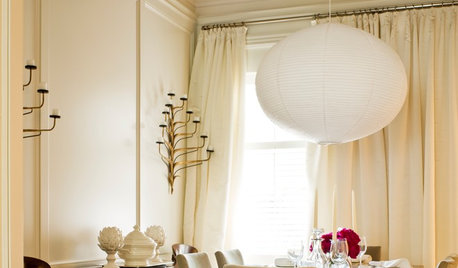
COLOREvery Room Needs a Little Bit of Black
‘I’ve been 40 years discovering that the queen of all colors was black.’ — Pierre-Auguste Renoir
Full Story







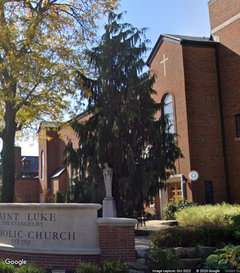



Henry Z6(OH Zone 6b)